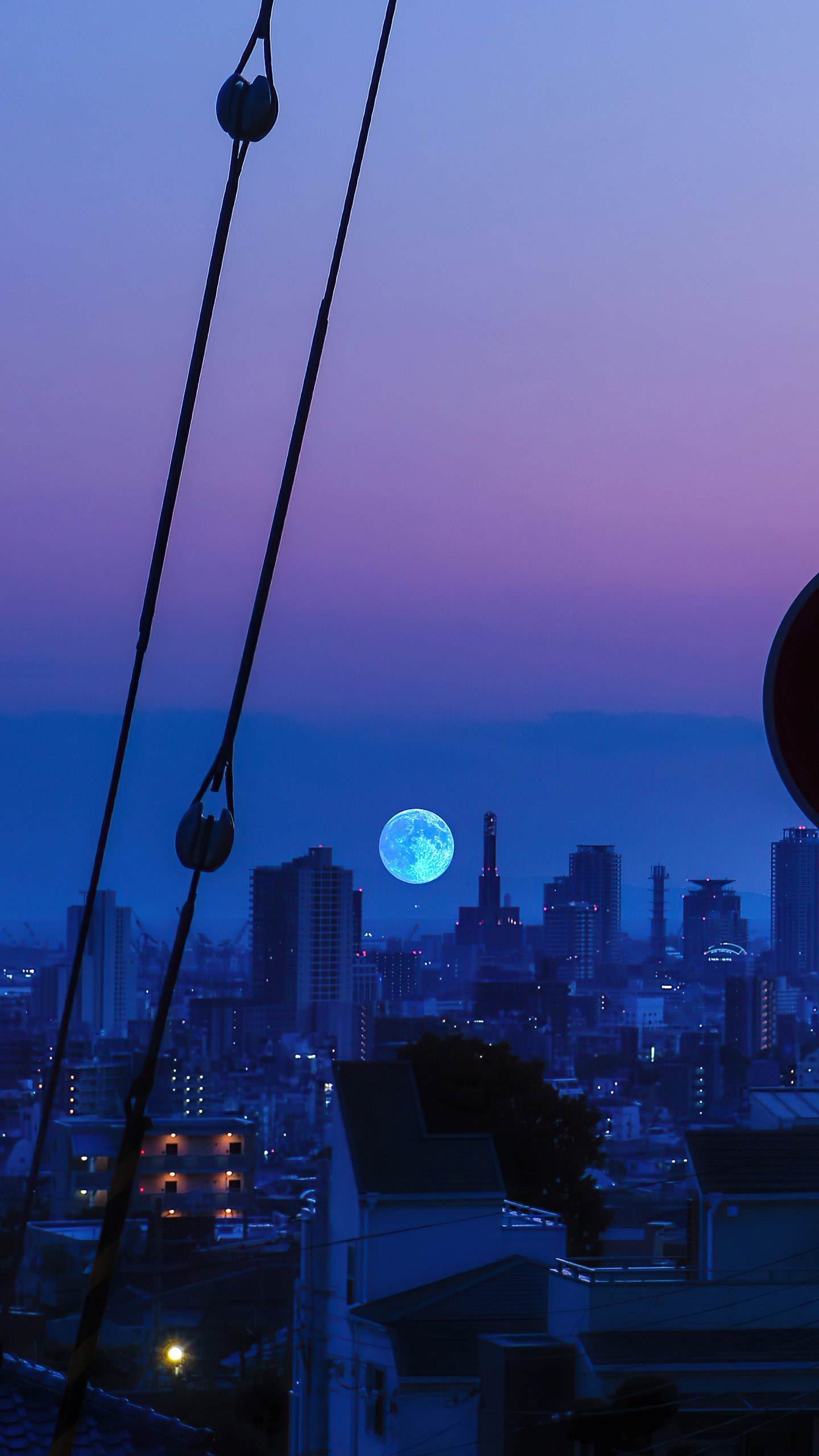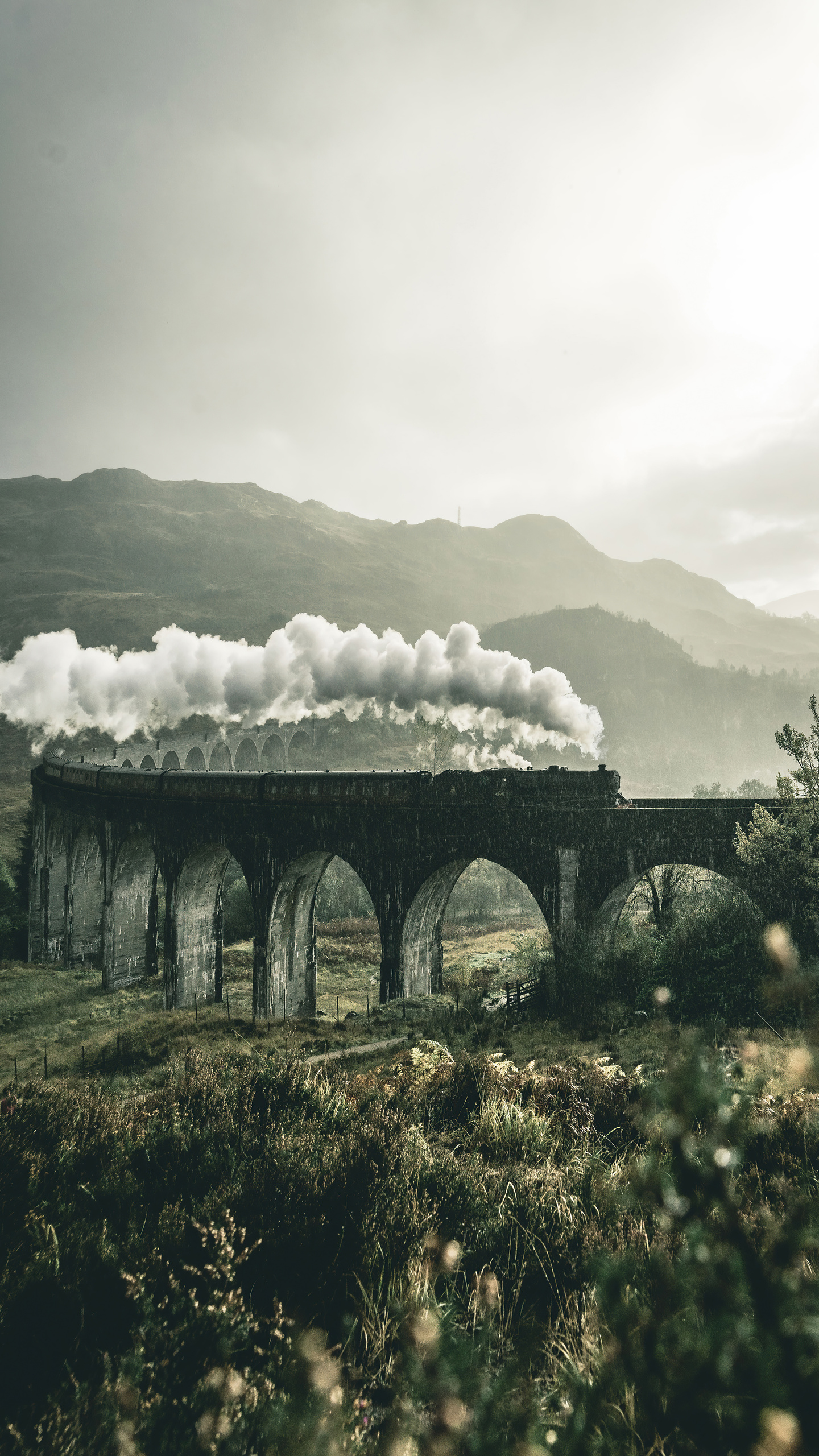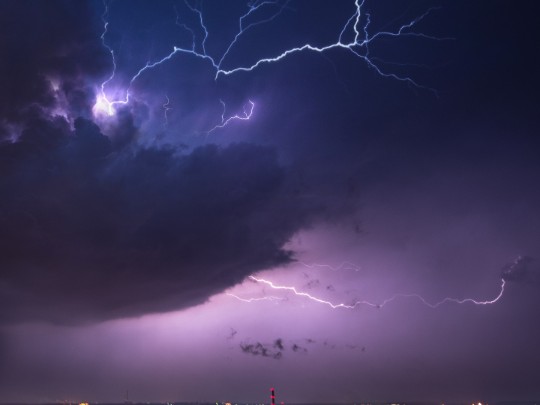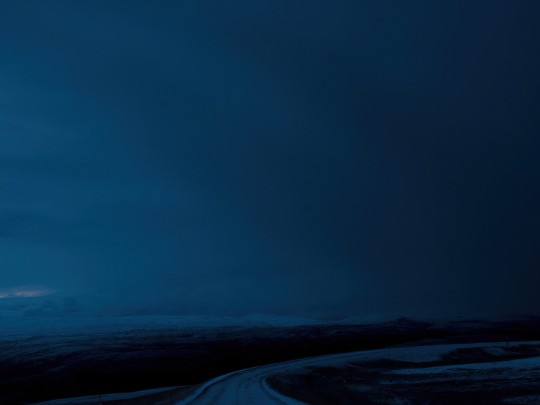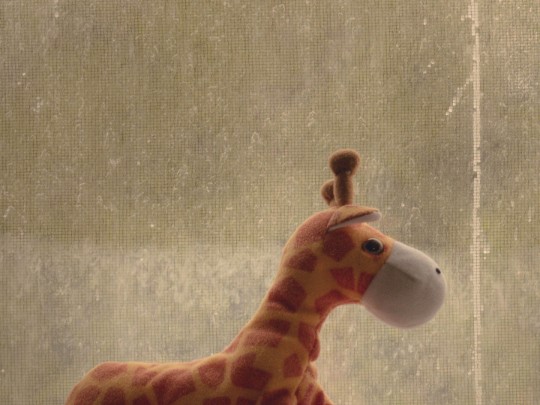Painting the Night: Mastering Light Trails Photography for Stunning Results
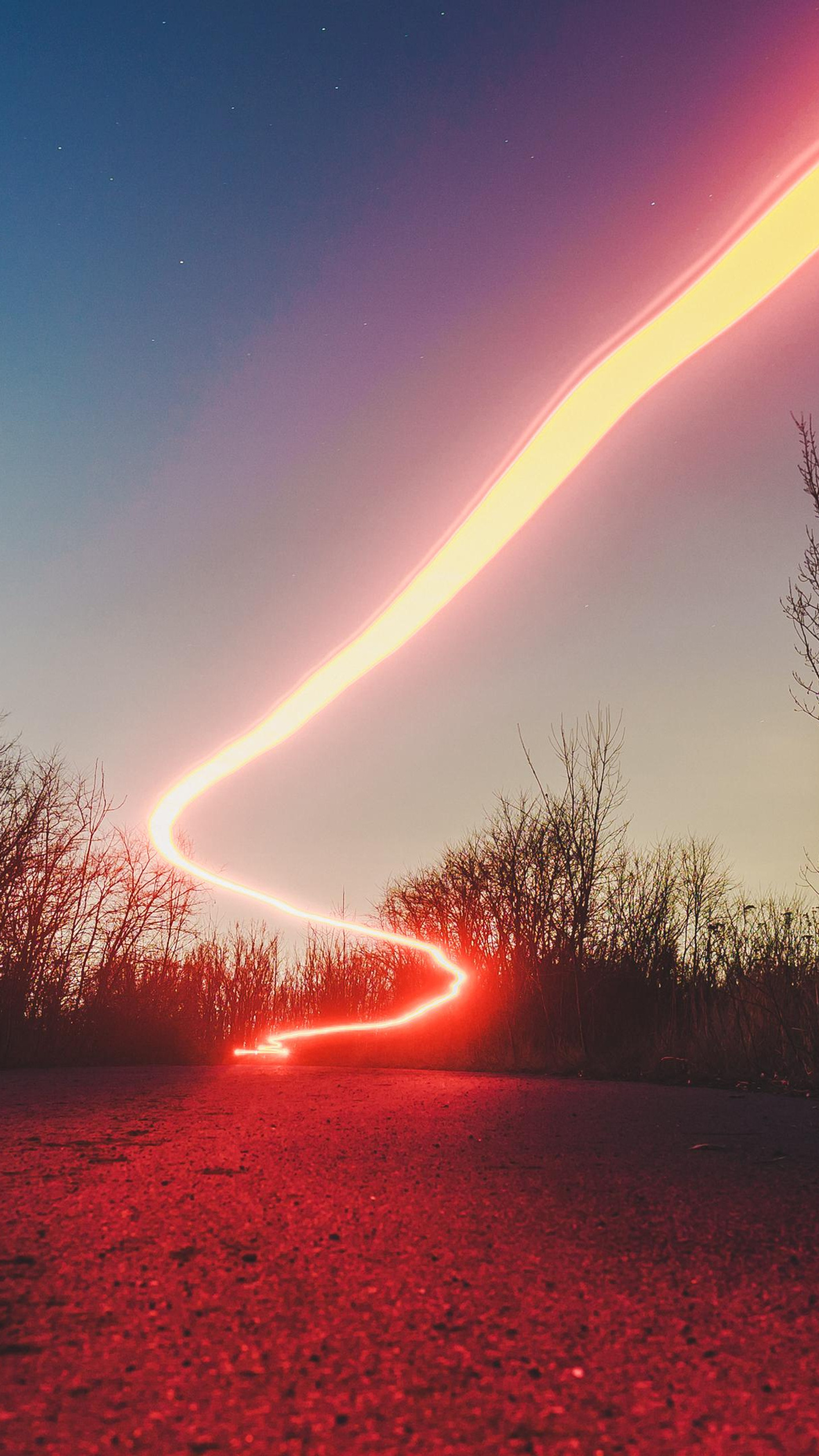
There's an undeniable magic to driving down a dark, open road – the rhythmic hum of the engine, the solitude of the night, and the brief flashes of headlights dancing in the distance. But imagine capturing that fleeting beauty and transforming it into a breathtaking work of art. That's the allure of light trails photography.
The Secret? Long Exposure Photography
The key to unlocking this visual wonder lies in long exposure photography. Unlike a standard snapshot, long exposure involves leaving your camera's shutter open for an extended period – anywhere from a few seconds to several minutes. As vehicles whiz by, their headlights and taillights leave luminous streaks across the sensor, creating mesmerizing trails of light that paint the darkness with vibrant color.
Finding Your Perfect Canvas: Location, Location, Location
Choosing the right location is paramount. Look for a long, straight stretch of road with minimal ambient light pollution. A dark sky is essential to truly appreciate the brilliance of the light trails. Rural roads, highways leading out of cities, or even bridges can provide excellent opportunities. Scout your location during the day to identify potential foreground elements – a lone tree, a rustic barn, or a distant building – that can add depth and context to your image.
Gear Up for Success: Essential Equipment
- Tripod: Absolutely essential for stability. Even the slightest movement during a long exposure can result in a blurry image.
- Camera with Manual Mode: Allows you to control shutter speed, aperture, and ISO.
- Remote Shutter Release (Optional): Minimizes camera shake when triggering the shutter.
- Neutral Density (ND) Filter (Highly Recommended): Reduces the amount of light entering the lens, allowing for even longer exposures, especially in brighter conditions.
Experimentation is Key: Mastering Shutter Speed & Composition
The beauty of light trails photography lies in experimentation. Shutter speed is your primary tool. A faster shutter speed (e.g., 1-5 seconds) will produce shorter, more subtle lines, while a slower shutter speed (e.g., 15-30 seconds or longer) will create dramatic, sweeping arcs. Play with different aperture settings to control the depth of field and ensure your foreground elements are sharp. Consider the rule of thirds when composing your shot to create a visually balanced and engaging image. Adding a static element into the foreground can anchor the movement of the light trails and tell a more compelling story.
Beyond the Photograph: A Visual Poem
A successful light trails photograph is more than just a picture; it's a visual poem—a testament to the beauty of motion, the power of light, and the magic of the night. It's an invitation to embrace the darkness and discover the artistry hidden within the seemingly mundane.

